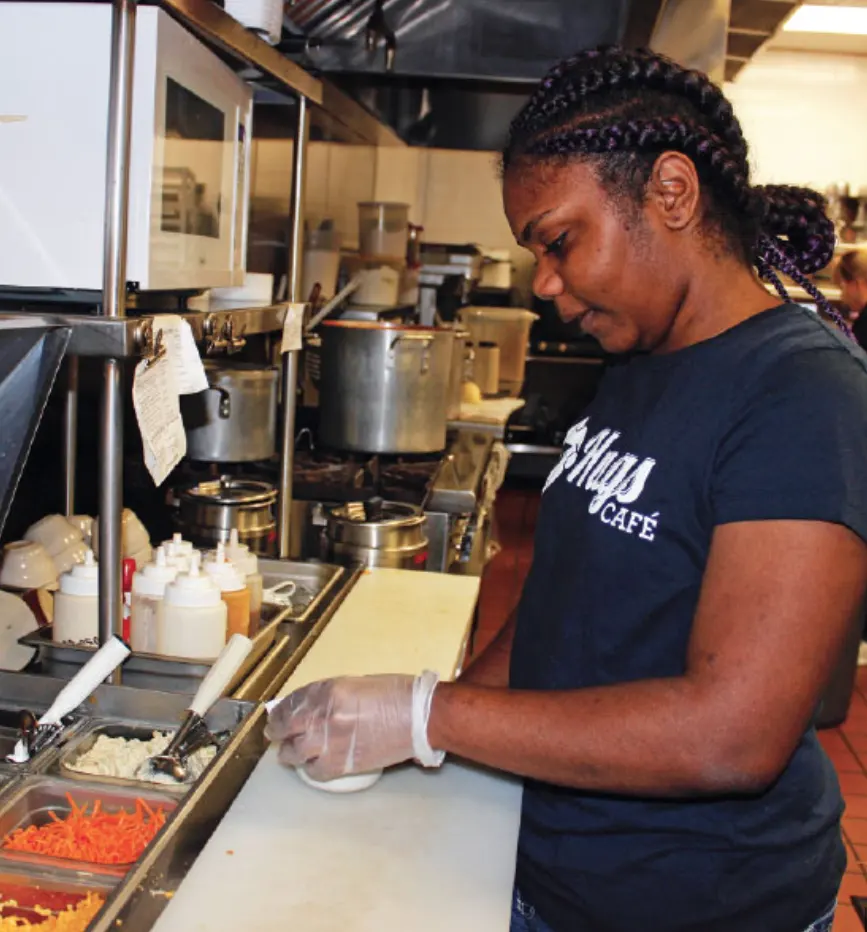Background
School-To-Work Transition
In our Jamaican context currently, school-to-work transition relates, in general, to the movement of the student from secondary education, into post-school activities, including work, or educational programs. In 2006, the Planning Institute of Jamaica (PIOJ) reported the following five main obstacles affecting youth exiting secondary school:
- no suitable training opportunities
- unsuitable general education
- no education
- unsuitable vocational education, and
- not enough jobs available
Recommendations to address these issues included:
- the introduction of ‘gender-based pedagogy to reflect the different learning styles of males and females; and
- expansion of the types of TVET subjects offered within the formal school system’.


‘transition from school to work is paramount to an individual’s success during adult life. Towards the end of their school life, and during the transition to work, youth acquire and consolidate the competencies, attitudes, values and social capital necessary to make a successful transition. This period is particularly important for setting the stage of continued development, as individuals begin to make choices and engage in a variety of activities that impact the rest of their lives … To adequately assess the stages, it is important to have a clear understanding of what transition exactly means and how it is measured.
The STATIN report further cited the ILO’s definition of transition: “the school-to-work transition is defined as the passage of a young person (aged 15–29) from the end of schooling to the first regular or satisfactory job” (ILO, 2009).
While the education system makes educational provision for youth with special needs up to the secondary level, there are limited considerations for continued activities and engagement beyond the secondary level of education.
The School-to-Work Opportunities Act (STWOA) was introduced in the United States of America in 1994.
The STWOA resulted from the advocacy of concerned stakeholders who advocated for equitable and comparable opportunities for learners with special educational needs to enter into post-secondary educational and training.
The fundamental policy position of the STWOA was as follows:
Transitions are an important part of normal life. As roles, locations, or relationships change, all of us must adapt, and we do so with more or less disruption or stress. The transition from school to working life calls for a range of choices about career options, living arrangements, social life, and economic goals that often have life-long consequences. For individuals with disabilities, this transition is often made even more difficult by limitations that can be imposed by others’ perceptions of disability and by the complex array of services that are intended to assist adult adjustment (Wills, 1985).



